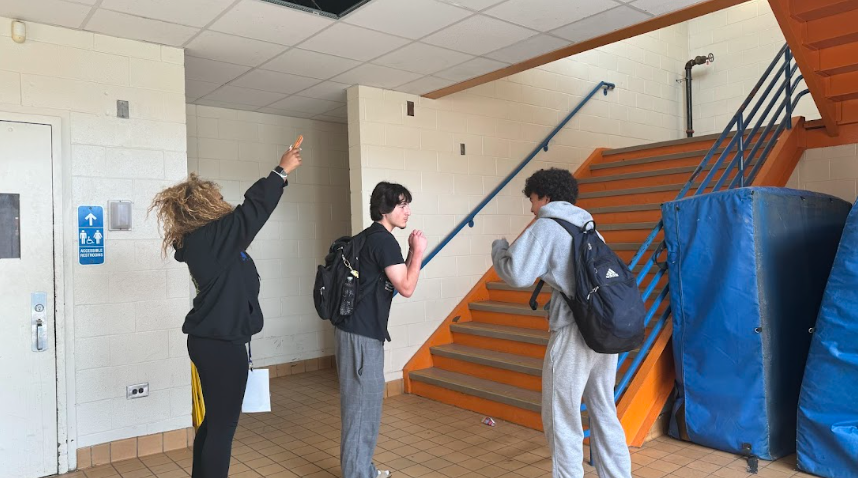
An American Bumble Bee hovers over a flower.
Just about everyone has heard of the save our bees campaign that began in the early 2000s which brought the decline of the bee population to light, along with the benefits of maintaining it. Though this campaign being brought into the spotlight has been incredibly helpful to the bee community, it has left many in the dark about one crucial fact. It is not just the bee population that is experiencing major global population loss, it is a major percentage of all the insects on our planet.
In a review published by the Journal of Biological Conservation, it was found that of the total insect species discovered, more than 40 percent are at risk of becoming extinct, with a third of insects already endangered. Additionally, the total insect biomass on Earth was noticed to be declining by a devastating 2.4% every year.
Everything in an ecosystem builds off of something else and no organism stands alone. Therefore, if one part of an ecosystem collapses, it creates an imbalance in every other level in the ecosystem. Additionally, it is important to mention that insects make up more than 70% of all the species on this planet and they make up the base of a significant amount of Earth’s ecosystems. Due to the issues increasingly destructive consequences, more attention should be brought to the declining percentage of insects.
As the percentage of insects declines, so will the level of food supplies for larger species in an ecosystem, such as birds, along with the percentage of pollination taking place among plants. Some scientists even found that some species of birds are resorting to eating each other as their food supply of insects declines and the scientists claim that this will likely become a worldwide occurrence.
The supposed causes of the catastrophic insect population decline have been narrowed down to the following: the use of pesticides, the spread of monoculture crops, increased urbanization and massive habitat destruction.
Americans often have a tendency to have limited attention spans. For example, they seem to only be able to focus on a single part of an issue, instead of the issue as a whole. Instead of focusing on reducing plastic pollution, recently, the focus was put on plastic straws individually. The same can be said about the issue of declining insect population. So, the focus of interest needs to be shifted from the smaller issue of bees to the overall issue of the total insect population decline. While many might argue that increasing awareness to the declining bee population is a step in the right direction to fully addressing the issue, it is simply not enough and will not be enough to remedy this problem in the future.
The biggest issue that is negatively impacting scientists’ ability to try and remedy the insect population decline is the lack of screen time it is given. If significance of the declining insect percentage is not spread and explained, then no efforts will ever be made to make a swift long-term impact, which is exactly what we need to stop this.
The decline of the insect population cannot be overlooked, as they are the root of a significant number of ecosystems and their depletion could lead to catastrophic effects. If society waits for this issue to begin directly affecting humans, then it will most likely be too late to solve it. So if humans cannot create a new more ecologically safe form of farming and way to produce crops, then the insect population will continue to decline in the future and will drastically impact this planet as a whole.















